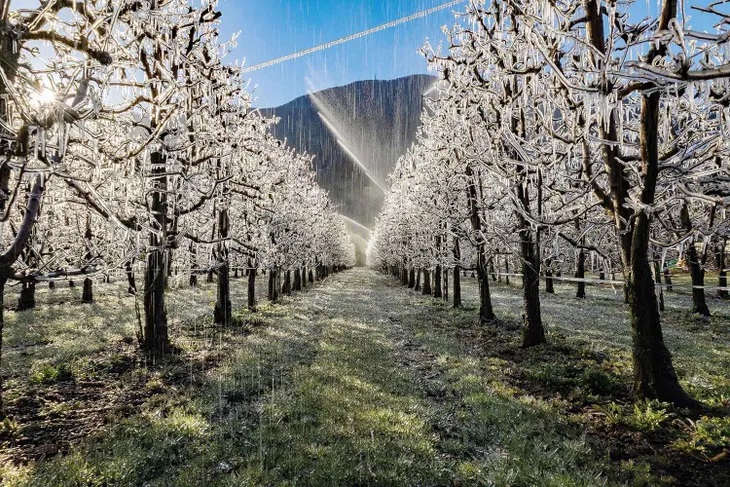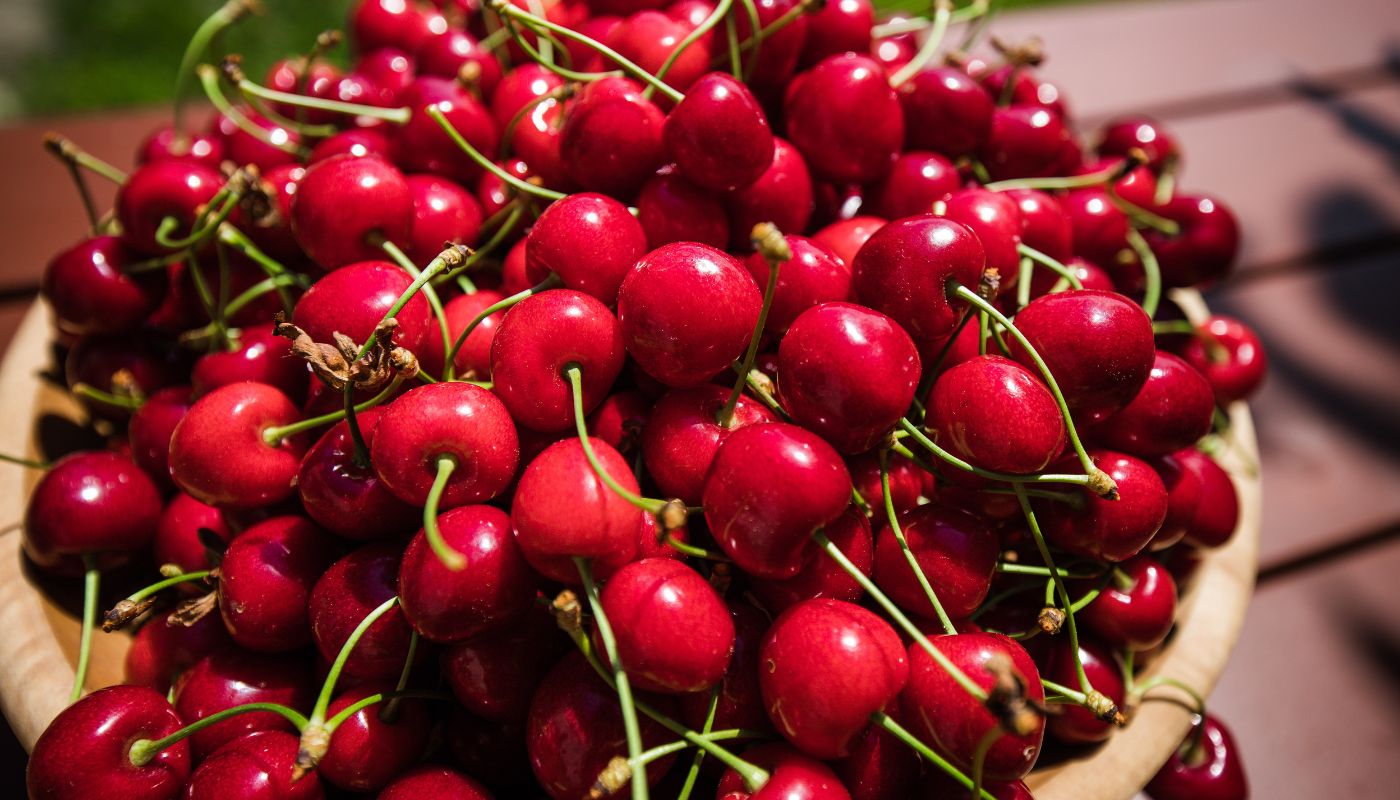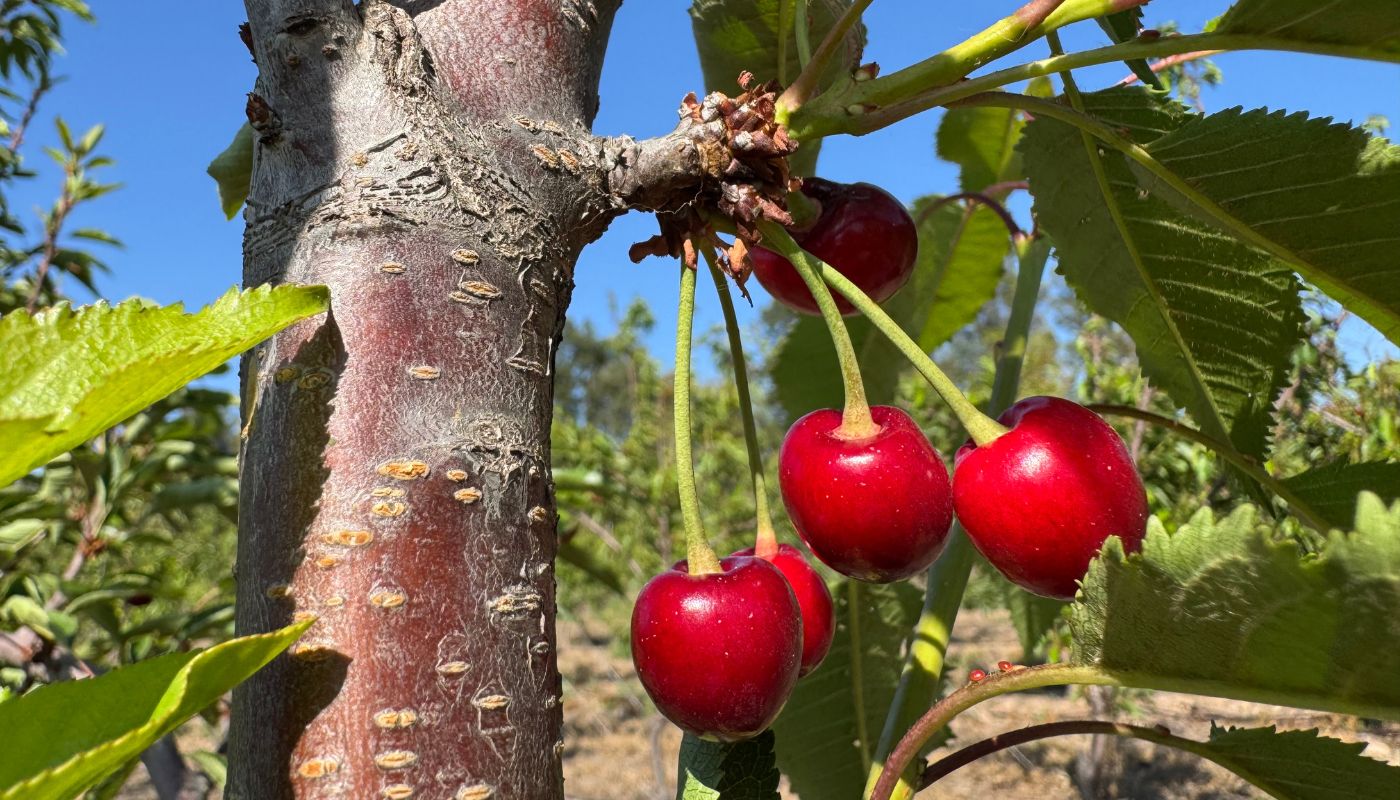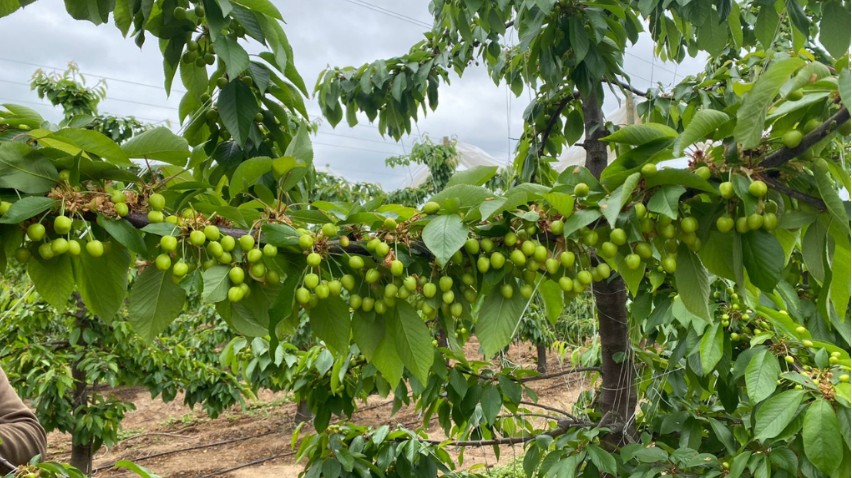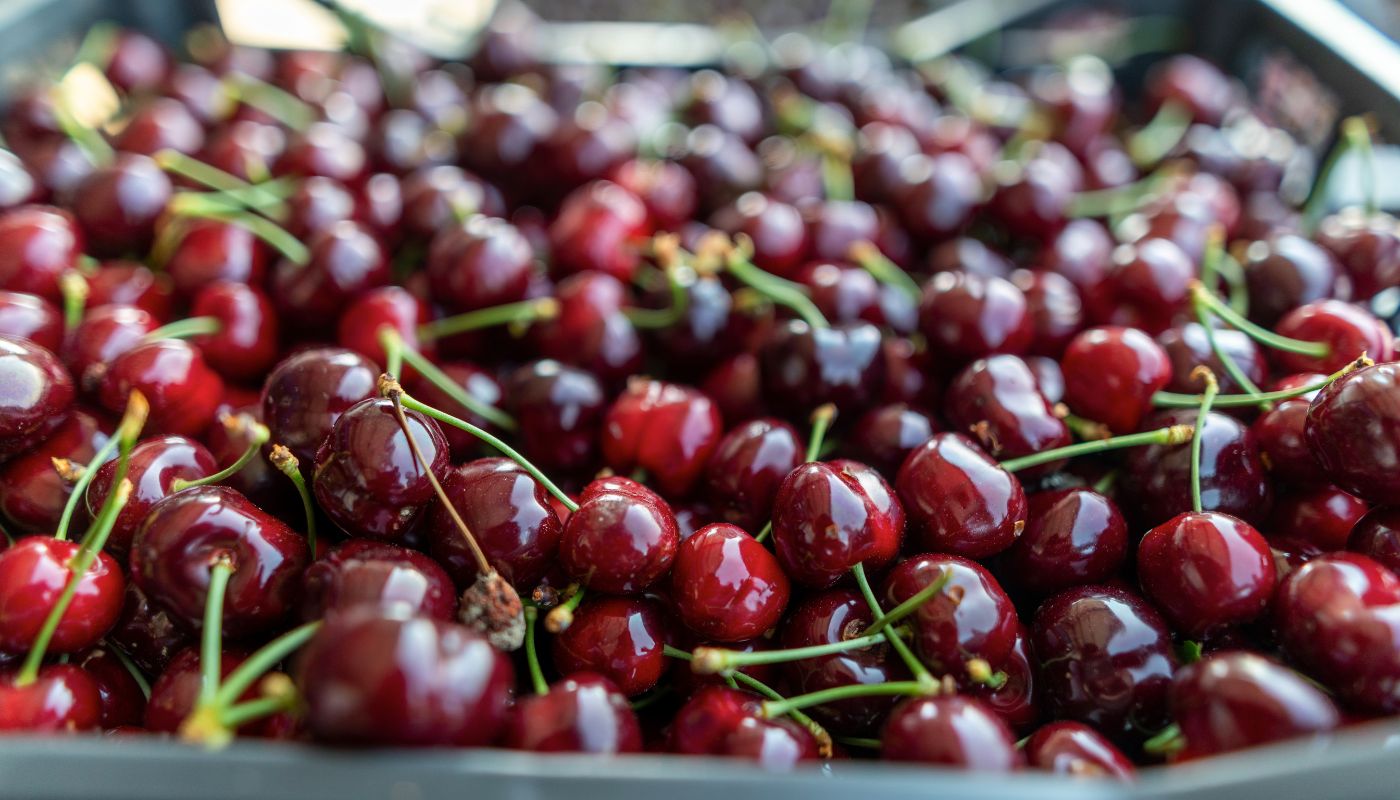The low temperatures recorded early today set off alarm bells in the productive heart of the Alto Valle. According to data from meteorological stations distributed throughout different areas of Río Negro, thermometers approached averages of -6°C in rural areas; however, lows of -6.5°C were reached in lower-lying areas, where the cold air accumulated more intensely.
One of the hardest hit areas was the agricultural region of Allen, where at 7:00 a.m., relative humidity was 100% and a wind chill of -6°C was recorded. The conditions not only complicated the daily routine of rural workers but also jeopardized fruit production, at a particularly sensitive time for plants.
The region is going through a critical period in phenological terms. The various fruit species are in early stages of development, making them highly vulnerable to frost.
In the case of stone fruit trees, such as plums, peaches, and cherries, the specimens are between the visible calyx and open flower stages. At this stage, temperatures below 4°C can already cause significant tissue damage. With average temperatures reaching almost -6°C, the effects are expected to begin to become visible in the coming days: dried, deformed, or burned fruit.
Almond trees, which are in the early stages of flowering, suffer the same fate. For this species, damage occurs at temperatures below 3°C. The probability of damage, under early morning conditions, is practically complete.
Meanwhile, pome fruits—such as pears and apples—are just beginning to bud. The D’Anjou and Williams pear varieties, along with the Pink Lady apple, are especially sensitive to critical temperatures below 5°C. Although flowering has not yet fully developed, today’s frosts could affect the season’s yield. In the case of apples, severe damage typically occurs with temperatures below 4°C, a threshold widely exceeded in the early morning hours.
A blow to the regional economy
Fruit production in the Alto Valle is one of the most important economic drivers of Río Negro and Neuquén. The combination of intense frosts with an advanced phenological stage of the crops puts thousands of tons of fruit at risk, which not only supply the domestic market but also constitute part of Argentine exports.
Specialists warn that the effects of this cold snap will not be immediate. The most noticeable damage will be seen in the coming weeks, when producers identify fruit that is not thriving, deformed growth, or tissue damaged by the extreme cold.
Not all farms faced the frost equally. Producers who relied on active control methods—such as sprinkler irrigation, which releases heat when the water freezes; fans that mix cold air with warmer layers; or heat generators installed in orchards—managed to partially mitigate the negative effects.
However, specialists agree that, with temperatures below -6°C, even the most intensive measures cannot guarantee full protection. In many cases, the magnitude of the cold exceeds the defense capacity of these tools.
In contrast, farms that rely exclusively on passive controls—such as preventive planning of orchards, the design of forest curtains, or the selection of more resistant varieties—face a much more complicated situation. The lack of direct intervention during the frost leaves plants exposed to widespread damage.
An Uncertain Spring
This Thursday, September 4, episode is not an isolated event. According to weather forecasts, unstable thermal conditions could recur in the coming days and weeks, keeping producers on edge. Each cold morning represents a concrete threat to the upcoming harvest of stone fruit, nuts, grapes, and pome fruit.
Meanwhile, fruit chambers and producer associations have begun assessing the extent of the losses and have not ruled out requesting support measures from the provincial and national governments should the economic impact prove severe. In the Alto Valle, the weather once again reminded the region of its historical fragility: in a matter of hours, an intense frost can jeopardize months of work and an entire production season.
Source: Más Producción

